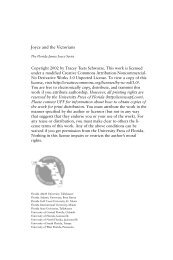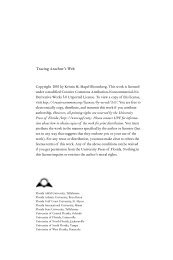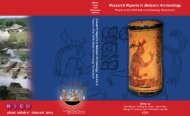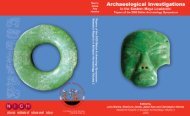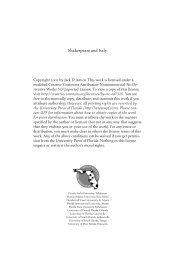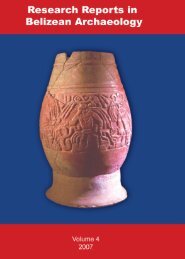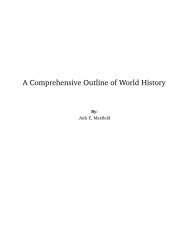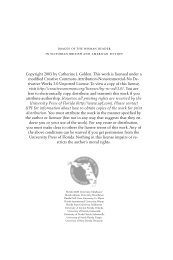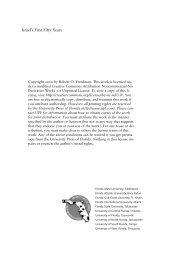Bernard Shaw's Remarkable Religion: A Faith That Fits the Facts
Bernard Shaw's Remarkable Religion: A Faith That Fits the Facts
Bernard Shaw's Remarkable Religion: A Faith That Fits the Facts
Create successful ePaper yourself
Turn your PDF publications into a flip-book with our unique Google optimized e-Paper software.
A Creed for Living 9<br />
ally—at <strong>the</strong> price of never being taken completely seriously. It is now time,<br />
more than one hundred years after <strong>the</strong> Quintessence of Ibsenism, to probe<br />
beneath <strong>the</strong> jester’s mask and take Shaw utterly seriously. It will not be<br />
easy, for much of <strong>the</strong> essential Shaw will still be shocking and repellent<br />
even to those who admire Shaw; even—no, especially—to those who idolize<br />
him. In fact, although he never did drop <strong>the</strong> clown’s mask completely,<br />
he let it slip ra<strong>the</strong>r carelessly after he became famous and relatively invulnerable.<br />
The result is that <strong>the</strong> most enthusiastic admirers of <strong>the</strong> jester who<br />
laughed <strong>the</strong> nineteenth century out of court and strewed <strong>the</strong> way with<br />
witticisms for <strong>the</strong> entrance of <strong>the</strong> twentieth, are <strong>the</strong> most unhappy with<br />
<strong>the</strong> ancient sage who earnestly tried to explain that brave new century to<br />
<strong>the</strong>m.<br />
Shavian Eyesight<br />
Warren Sylvester Smith wisely tells us that Shaw’s real value is not in <strong>the</strong><br />
answers he provided “but in his manner of looking at <strong>the</strong> problems. The<br />
special quality of <strong>the</strong> light he throws is unique and likely to remain so”<br />
(Shaw on <strong>Religion</strong> 10). The greatest difficulty in understanding Shaw’s<br />
philosophy is finally <strong>the</strong> difficulty of describing his way of looking at <strong>the</strong><br />
world. As eloquent as he was, he could not overcome that difficulty himself.<br />
Shaw did not indulge in deliberate mystification. He wrote in <strong>the</strong><br />
original Quintessence that “no great writer uses his skill to conceal his<br />
meaning” (194), yet, in that very essay, generally regarded as <strong>the</strong> essential<br />
statement of Shavian thought, he is unable or unwilling to define <strong>the</strong><br />
difference between <strong>the</strong> type of person he calls an idealist and <strong>the</strong> one he<br />
deems a realist. He admits that a realist can in some ways be appropriately<br />
called an idealist but avoids clarifying <strong>the</strong> difference with a clever yet unsatisfying<br />
evasion. The omission is momentous; <strong>the</strong> difference between a<br />
realist and an idealist is not <strong>the</strong> difference between a sensible, rational person<br />
and a wild-eyed fanatic; it is <strong>the</strong> difference between Shaw and <strong>the</strong> enlightened,<br />
progressive, educated, sensitive, and thoughtful persons who<br />
were—and still are—his natural allies. To be sure, <strong>the</strong>re are conservative<br />
idealists as well as progressive ones; <strong>the</strong> point is that <strong>the</strong> crucial difference<br />
is not that between progressive and conservative but something more important<br />
and far more elusive.<br />
Shaw is not very helpful in defining that difference. He offers us<br />
parables, such as <strong>the</strong> well-known anecdote about his visit with an optometrist<br />
who told him that his eyesight was “normal” and thus unusual,



